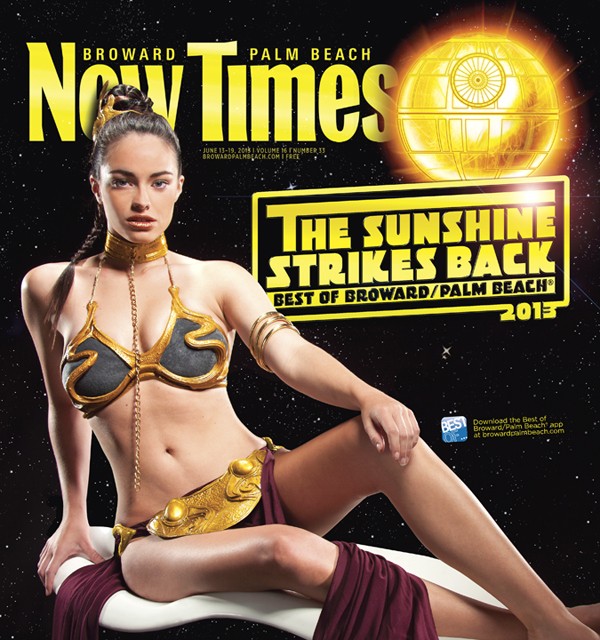This was what excellence looked like in the 2012-13 theater season, an unmissable production that should have humbled any theater professionals lucky enough to see it. Lorraine Hansberry's multifaceted meditation on race, class, housing, family, and the American dream remains devastatingly accurate when performed as flawlessly as Dramaworks' cast of 12. Ethan Henry was fierce and desperate as Walter, the crestfallen cabdriver whose business decisions put the family's future in peril; Joniece Abbot Pratt brought nuance and relatability to her role as Walter's progressive sister; and Pat Bowie's Mama, especially, transcended the familiar trappings of her stone-cold matriarch. In her performance, you glimpsed the history of travesties she's endured, her noble dignity, and the fear she could exude in her authority. Guest director Seret Scott had the audacity to start the play slowly, lingering longer than most on the banal reality of the family's domestic life, a decision that only made the play's dramatic confrontations resound even louder.
Best Play
A Raisin in the Sun
- 201 Clematis St., West Palm Beach, 33401 Map
- 561-514-4042
- www.palmbeachdramaworks.org
Best Director
Nicole Stodard
Who would want to direct an adaptation of Aphra Behn's The Rover in 2013? It's a question right up there with "Who would ever want to be president of the United States?" This ribald, 17th-century sex comedy about gender relations, betrayal, and mistaken identities is almost impossibly difficult, with something like a dozen characters and an unabridged text of more than 30,000 words, written in antiquated English whose delivery makes Shakespeare look easy. We still don't think it's a great play, but Stodard oversaw a marvelous reboot, drastically trimming the duration and cast list and stamping the production with anachronistic flourishes, from the inventive costumes — punk-rock and fetish wear commingle with ecclesiastical garments and luchador masks — to the century-spanning musical choices. Under Stodard's direction, Behn's dated verbiage flew off her characters' tongues with the ease of smartphone tweets, and she guided Scott Douglas Wilson, as the titular Rover, to one of his most galvanizing performances yet.
- 1140 N. Flagler Dr., Fort Lauderdale, 33304 Map
- 954-678-1496
- www.empirestage.com
Best Actor
Ken Clement
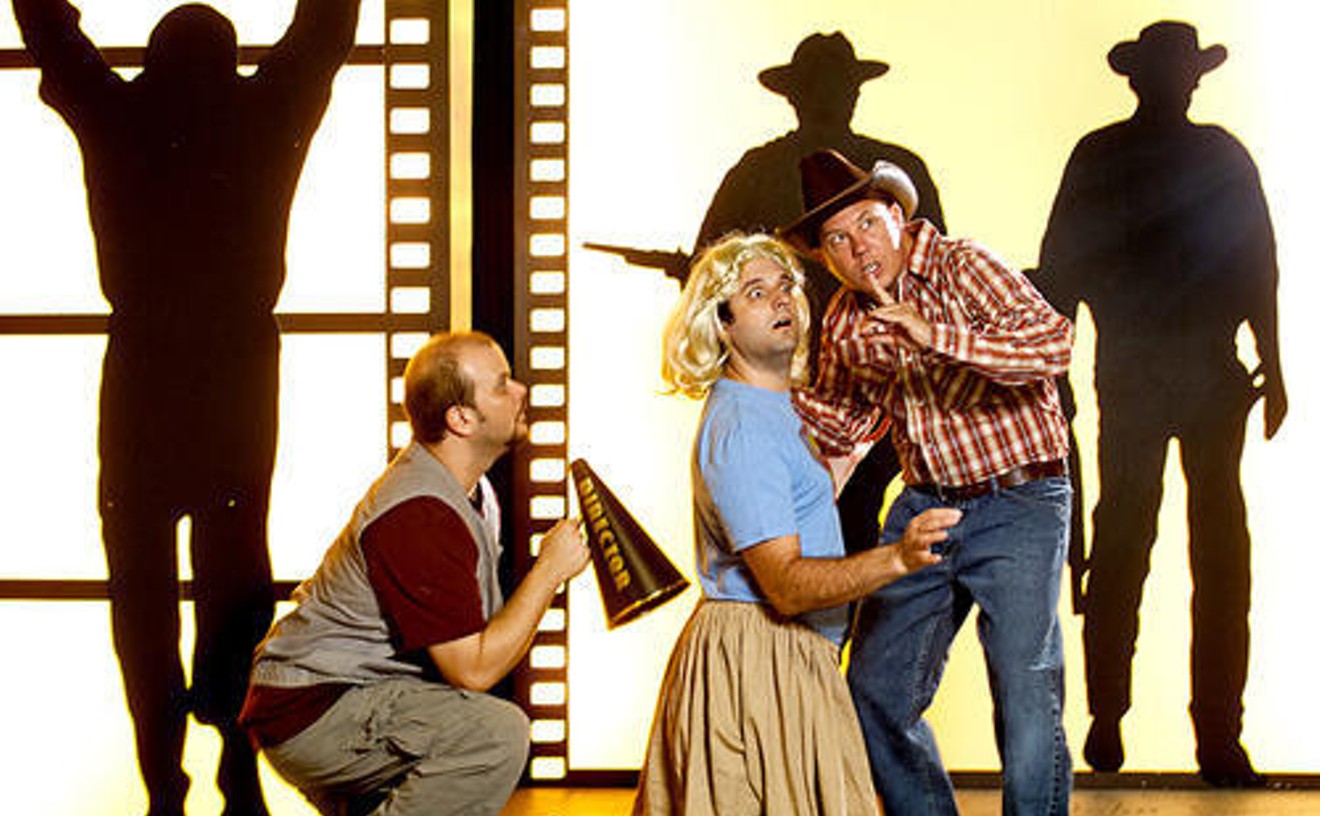
There's something about watching someone crack up onstage that has made mental patients such attractive archetypes for actors and audiences alike. For thespians, parts like the civil-services prole in Nikolai Gogol's Diary of a Madman — who loses his sanity after one too many days of mind-numbing drudgery for a monolithic government — provide an opportunity for complete liberation from normalcy, an expressionistic freedom from the regular strictures of real-world acting. Ken Clement made the most of it in this production, arguably the last great show from the now-defunct Mosaic Theatre. He had an occasional assist from actress Betsy Graver, but the production was mostly just Clement, acting through the multiple voices in his head. He was funny, relatable, and ultimately tragic, conveying the play's challenging, staccato script with worn-in ease, slipping into full-on psychosis with disturbing aplomb. That he did all of this in unseemly suspenders and a sand-colored mop for a wig was all the more impressive.
- 12200 W. Broward Blvd., Plantation, 33325 Map
- 954-577-8243
- www.mosaictheatre.com
Best Actress
Maureen Anderman

If, understandably, you failed to make the drive up to Jupiter this past winter to see one of Maltz's few nonmusical productions of the season, you missed an elegant, pitch-perfect rendition of Doubt, John Patrick Shanley's prescient morality tale about a priest who did, or didn't, molest a child. The entire cast was impeccable, but Maureen Anderman, as the play's conclusion-jumping Mother Superior, was most memorable of all, projecting the magnetism of a villain you loved to hate. This is a role for which mannered severity is essential, and she arguably did a better job at shaping her character's ice-streaming veins and prison-warden mentality than Meryl Streep did in the motion picture. But beneath all the self-righteous bluster and knee-jerk conservatism, she buried a sarcastic wit that was so polished as to look effortless. It took the entire play for her character to exhibit an iota of change, but when that final expression of doubt came, the result was quietly earth-shattering.
- 1001 E. Indiantown Rd., Jupiter, 33477 Map
- 561-743-2666
- www.jupitertheatre.org/
Best Supporting Actor
Matthew Korinko
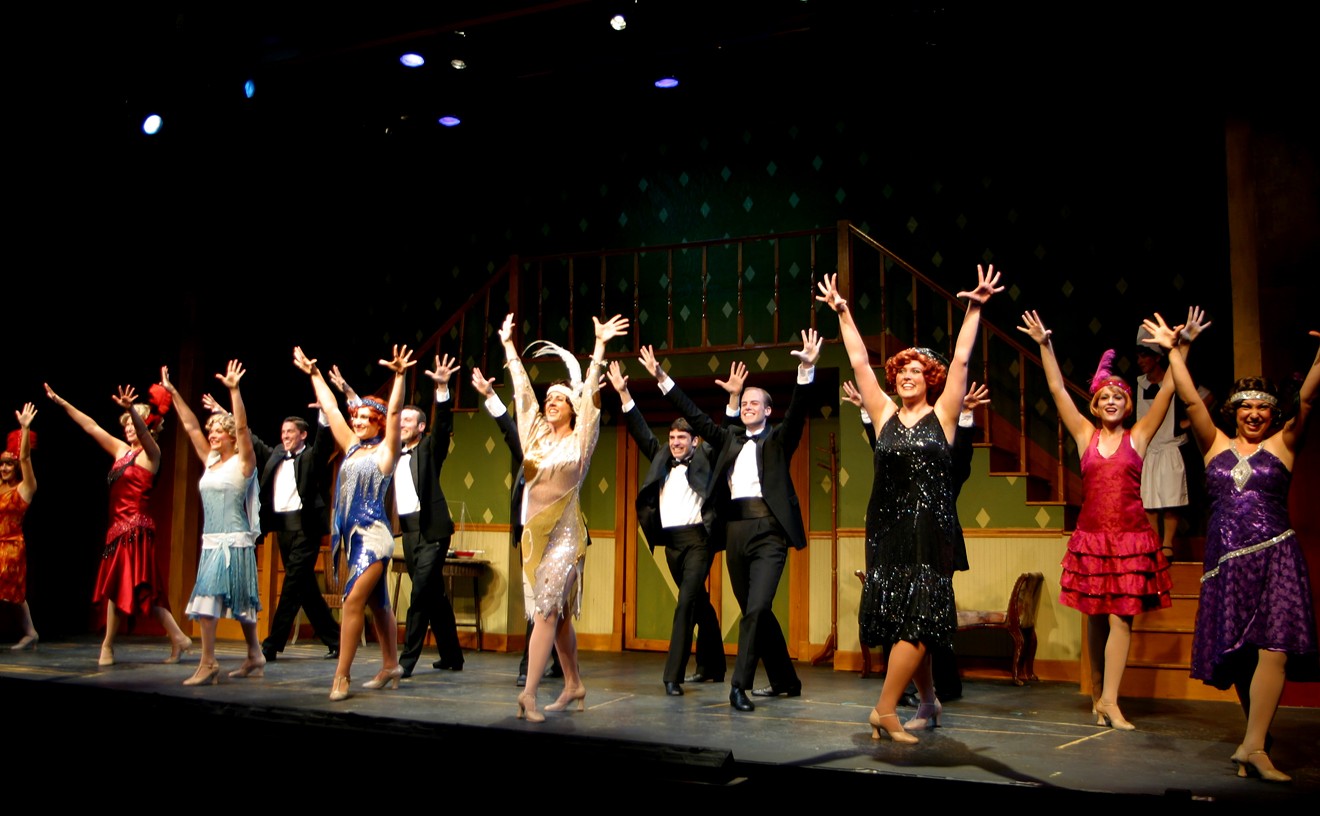
Rumors, a caustic farce from Neil Simon about a dinner party gone very, very awry, was Broward Stage Door's finest hour last season — a play directed like a choreographed musical, with humor and absurdity brimming from all contours of the stage. At the heart of its Carbonell Award-winning ensemble was Matthew Korinko, who knocked the play's most difficult role out of the park. His character arrived at the dinner party having just suffered a traffic accident that nearly broke his neck, so he played the part with his head perpetually cocked to the side, working through the obvious discomfort. But it was his climactic scene that earned Korinko justifiable praise from everybody who saw the show: He was saddled (or gifted) with the play's manic pièce de résistance, in which his character invents a preposterous narrative on the fly to explain the play's depraved actions to a pair of police officers. This sputtering story was delivered with a pitch-perfect combination of inspiration and desperation, absent any whiff of learned memorization.
- 8036 W. Sample Rd., Coral Springs, 33065 Map
- 954-344-7765
- www.stagedoortheatre.com
Best Supporting Actress
Angie Radosh
Exit the King, Eugene Ionesco's protracted absurdist exercise, is about a blustery monarch, played in Dramaworks' production by Colin McPhillamy, who refuses to accept that, after hundreds of years of rule, he is finally dying. But the only character onstage that exuded a genuine air of regality was Angie Radosh, who, with her upright posture and hardened countenance, appeared to be the show's lone anchor on a ship of fools sinking ever faster into the abyss. As the king's first wife, long abandoned for a clingy trophy played by Claire Brownell, Radosh was, in other words, the only adult in the room. But it isn't until the play's end that we realize she's been bestowed with an otherworldly wisdom transcending time, space, and dimension. When she ushers her husband into the afterlife, Radosh becomes the show's mesmerizing center, pulling us in with every hypnotic command as much as she helps the king's transition. It was a performance full of surprises, echoing through the auditorium, haunting us even while it soothed us.
- 201 Clematis St., West Palm Beach, 33401 Map
- 561-514-4042
- www.palmbeachdramaworks.org
Best Theater
Arts Garage

The Arts Garage in Delray Beach is a rather unassuming locale at first glance. Located in the ground-floor storefront space of the Delray Beach parking garage, you might at first walk past the place without much notice — at least until you catch a glimpse of what's going on inside. The Arts Garage only recently celebrated its second anniversary but it has come a long way in that short time. The Delray Beach CRA originated the concept for the theater, envisioning a spot that would promote the arts, provide arts education, and be a place where emerging artists could ply their craft before an audience. Already, the theater has been awarded a Knight Foundation Grant and fought off a move to displace it from its current location. The beloved theater has held strong, and every week, locals line up at the doors with their bottles of wine and picnic dinners (it's strictly BYOEverything at the garage) to catch the latest performance. The main thrust of the theater's musical programming is jazz, but patrons will also find original plays, films, student theater, and the only drag show within city limits. Judging by the Arts Garage's success thus far and the broad support shown by residents when the city dared to suggest moving the theater, the Arts Garage will be a beacon for the arts in Delray Beach for years to come.
- 94 NE Second Ave., Delray Beach, 33444 Map
- 561-571-8510
- artsgarage.org
Best Architect
Margi Nothard
In the ever-cutthroat and fast-paced world of architecture and design, it can be hard keeping up with the names who literally shape the world of the future, but when it's one of our own making the waves — earning features in top industry magazines like Chicago's Design Bureau and awards from internationally recognized institutions like the World Architecture Community — it's probably a name worth remembering. Margi Nothard is a Zimbabwe-born, South Africa-raised, Southern California Institute of Architecture-trained architect who's spent the past 14 years living and working in South Florida. She's the founding president and design director at Glavovic Studio in Fort Lauderdale, a firm responsible for more than 50 projects across South Florida since its inception. Dedicated to creating locally inspired work that competes on a global scale, Nothard is the mastermind behind some of South Florida's most exciting recent projects, including Girls' Club in Fort Lauderdale, ArtsPark at Young Circle in Hollywood, and the award-winning new Young at Art Museum in Davie. Apart from their aesthetic beauty, Nothard's designs are innovative, often incorporating the latest in green technologies. With a new GS TALKS series of community lectures well underway as well as spearheading involvement in the up-and-coming Third Avenue Art District ArtWalk in Fort Lauderdale, it seems this highly motivated and talented Fort Lauderdale-based architect and her team are headed toward a bright future of continued success.
- 724 NE 3rd Ave., Fort Lauderdale, 33304 Map
- 954-524-5728
- www.glavovicstudio.com
Best Art Exhibition
"The Art of Video Games"
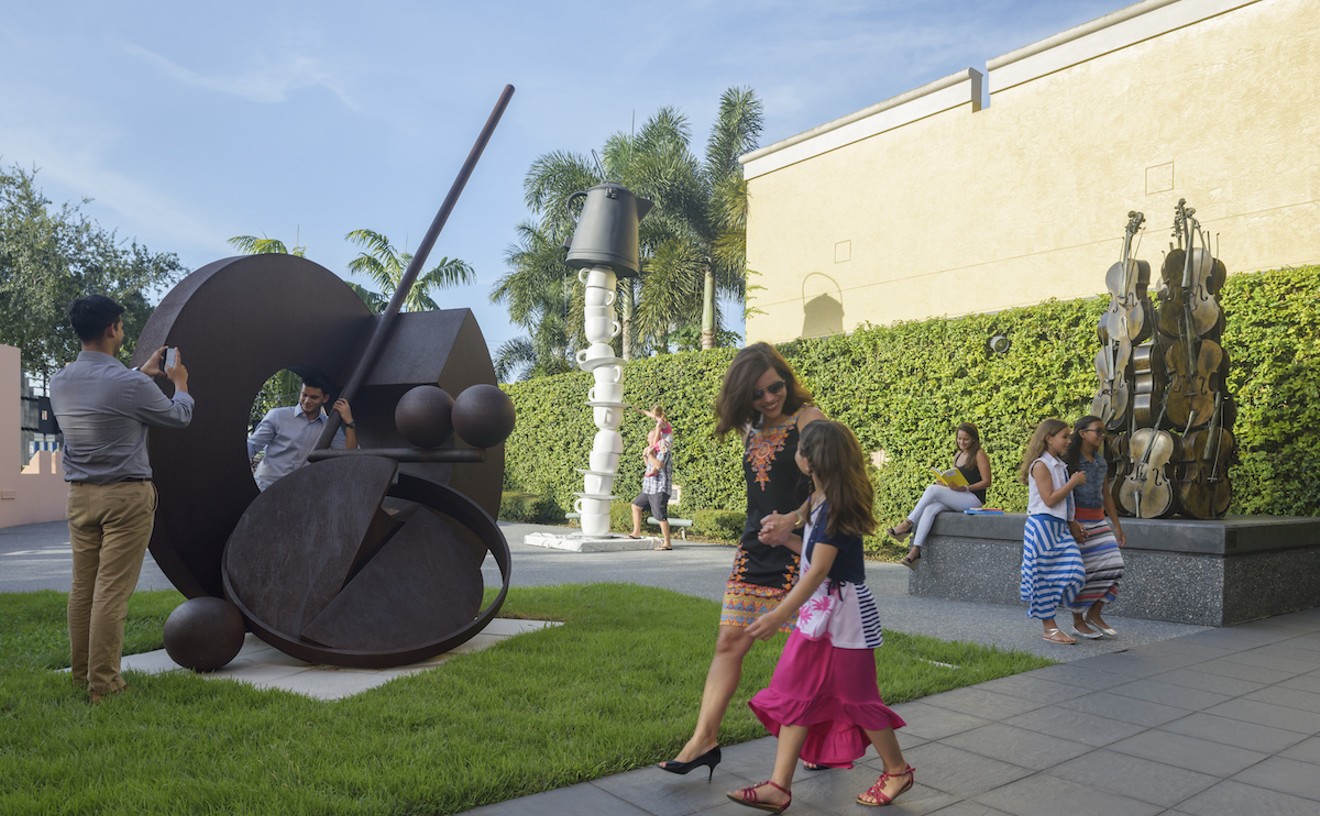
If art is meant to reflect life and life is becoming more and more virtually real, then it was only a matter of time before someone had the bright idea of putting together an art exhibition exploring the 40-year-old ubiquitous medium of videogames. This past year, the Smithsonian American Art Museum debuted "The Art of Video Games," a traveling exhibit tracing the evolution of videogames and their global impact through the lens of artistic expression. Of all places, the innovative exhibition made its first stop at the Boca Raton Museum of Art, where retirees and soccer moms mingled with gamers and art buffs to take in the 80 games featured over 20 platforms, from the Atari VCS to the PlayStation 3. Visitors were invited to interact with the exhibit — reminiscent of a time-warped arcade tunneling from the past into now — by pushing buttons to watch clips from the various games. The result was an immersive experience that told the story of our changing relationship to videogames as the medium itself became more complex, cinematic, creative, and expressive. Hands-on, collaborative, and truly a multimedia medium, videogames will only evolve as an art form; "The Art of Video Games" succeeded at provoking questions related to our future relationship with technology and the effects of the ever-increasing ubiquity of violence in media.
- 501 Plaza Real, Boca Raton, 33432 Map
- 561-392-2500
- www.bocamuseum.org
Best Art Gallery
1310 Gallery
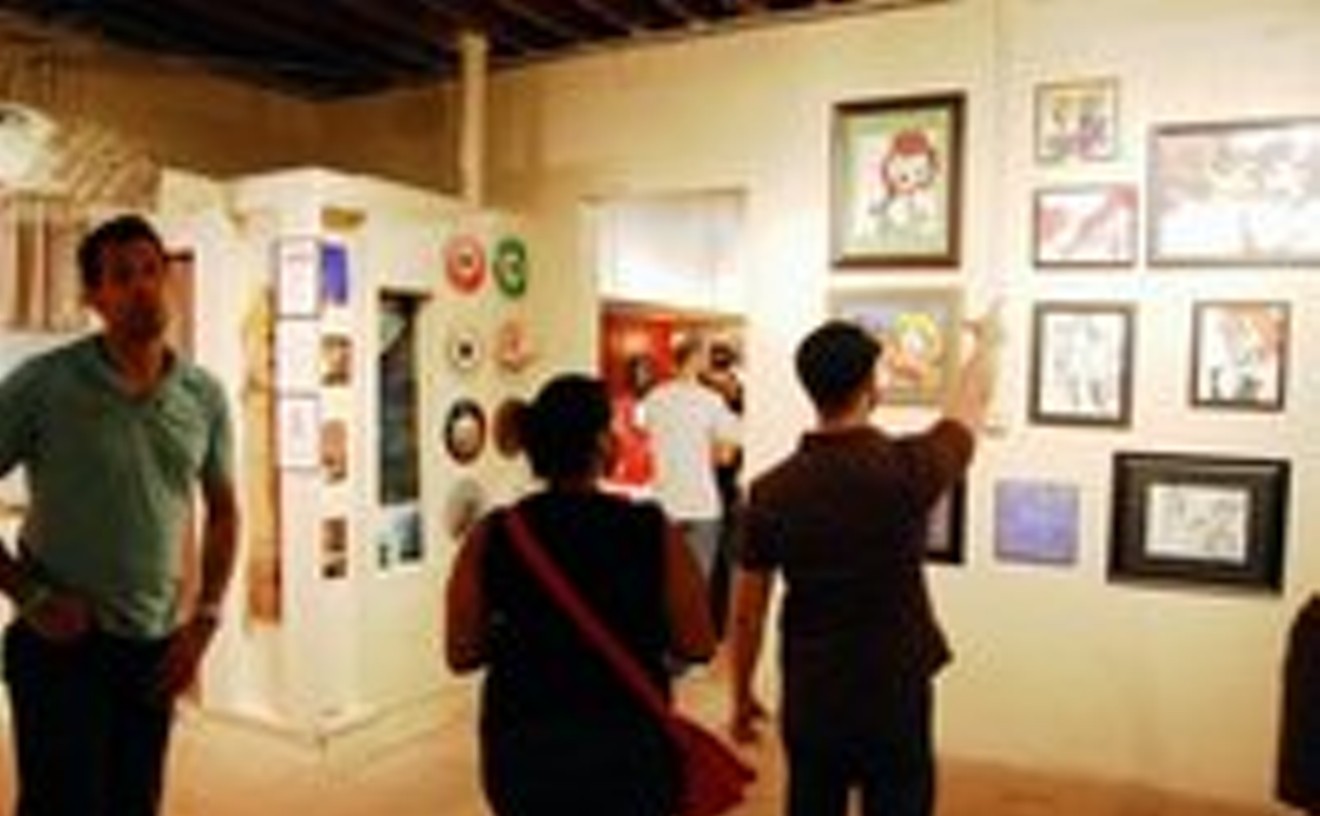
Give a community of artists free range over a 2,400-square-foot exhibition space split into three levels, housed within the live/work loft facility where they also live, and you're bound to end up with an abundant stream of some really great art. That's what ArtSpace must have had in mind when it created the Sailboat Bend Artist Lofts, where downtown Fort Lauderdale's 1310 Gallery makes its home. With new exhibitions rotating through the gallery monthly as well as strong ties to the surrounding Sailboat Bend and FAT Village arts districts, 1310 Gallery is a pillar in the burgeoning Fort Lauderdale art scene. As each resident takes his or her turn curating a show, 1310 Gallery has featured a diverse range of media, from painting, photography, and sculpture to spoken word, video, and performance art. In the past year alone, exhibitions included "Re:Vision: See and Shift," an art collaboration to provoke thoughtful dialogue and transform the way onlookers view ordinary things; as well as "Appropriated Gender," a group show exploring the malleability and changing notions of gender identity. The gallery is open by appointment in addition to the opening and closing receptions.
- 810 NE Fourth Ave., Fort Lauderdale, 33301 Map
- 954-562-3804


